What is body doubling?
Body doubling is a technique that can help with focus and motivation, particularly for people with ADHD. Here’s how it works:
- You work on a task alongside another person, the “body double”.
- The body double doesn’t necessarily need to help with the task itself. They can be working on something else entirely, as long as they’re in the same space, virtual or in person.
- You benefit from having someone else present by reducing distractions, boosting accountability, and even making the work seem less daunting.
- Virtual body doubling can be a great option if finding someone to be with you physically isn’t easy.
Why Does It Work?
- Social pressure: Having someone watching can motivate you to stay on track and complete the task.
- Accountability: You might feel more responsible to the other person, making you less likely to procrastinate.
- Reduced isolation: Sometimes, just having company can make a boring task more tolerable.
- Mirroring focus: Seeing the body double concentrate can subconsciously influence you to do the same
Find a Virtual Body Double
- Online platforms: There are websites specifically designed for body doubling that allow you to connect with others. Some options are: Flow Club, Focusmate, other services target particular audiences, like Writers’ Hour online “study rooms” for students are also widespread
- Social media: Platforms like TikTok have become popular for virtual body doubling, with people live-streaming mundane tasks and inviting viewers to work alongside them.
- Friends and colleagues: Even a simple video call with a friend or colleague who agrees to work on their own tasks while you work on yours can be an effective form of virtual body doubling.
You can use body doubling to help you tackle organizing projects as well! Enlist a friend to join you to help you stay on task, or Professional Organizers can also assist in this way providing guidance as well as a body double presence.



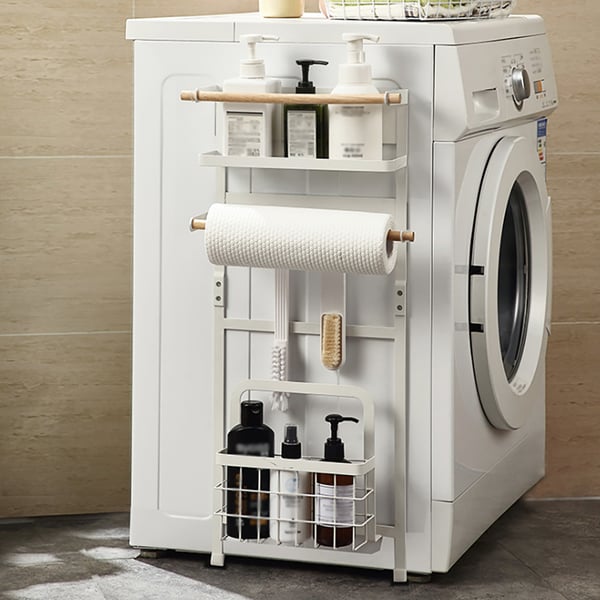

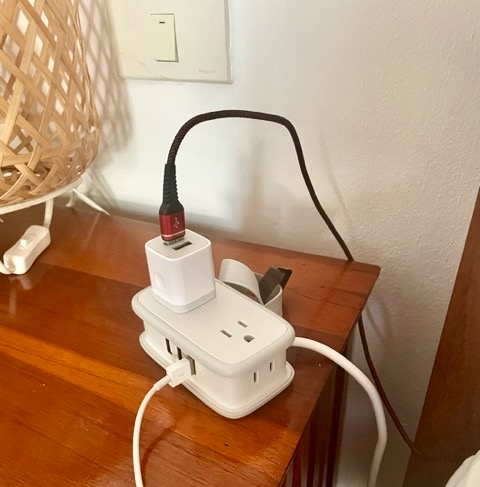
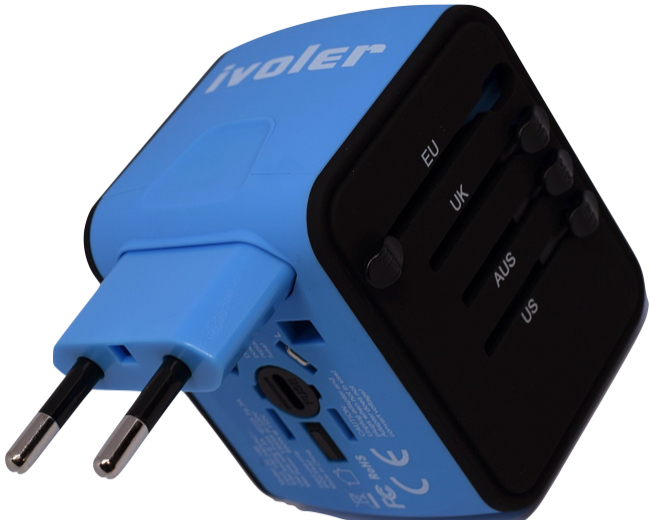
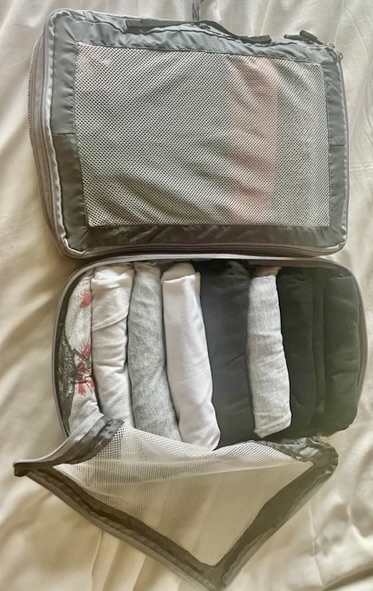
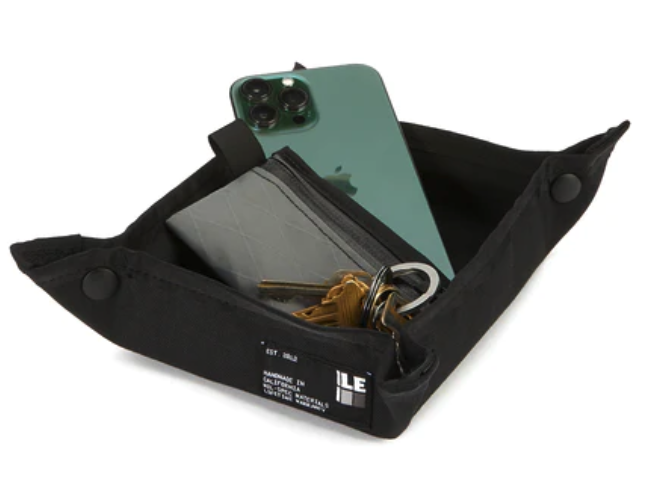
 Have you broken out in your usual sweat anticipating tax time?
Have you broken out in your usual sweat anticipating tax time?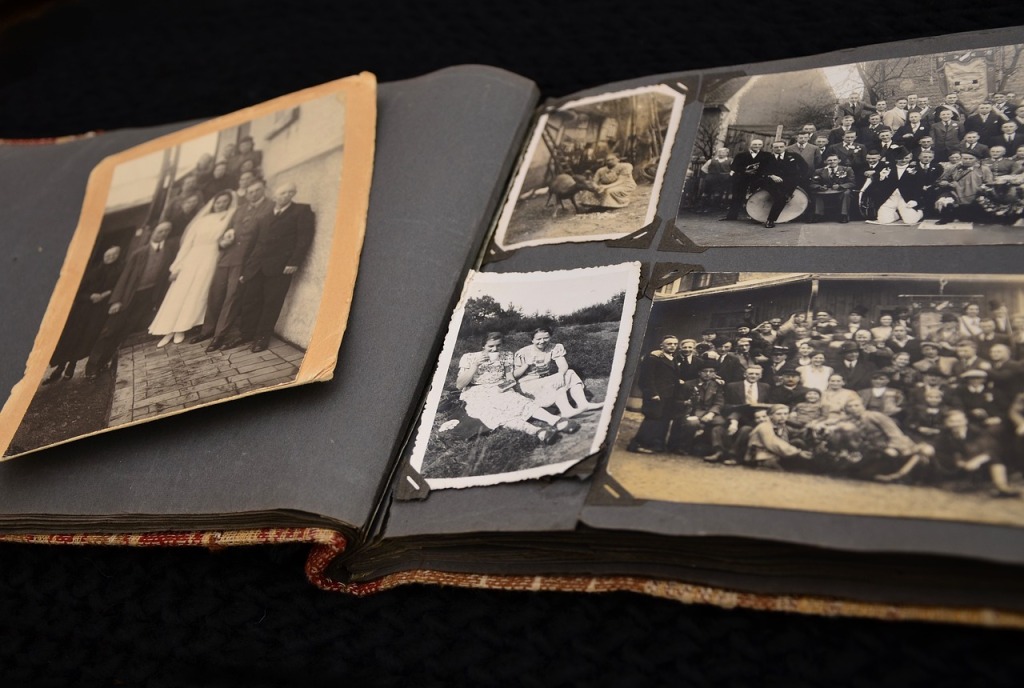



 If you regularly have a lot going on in life, the added tasks of the holidays can wreak havoc on your time management. Shopping, hosting, holiday cards, parties, travel…where does the time come from to fit everything in?
If you regularly have a lot going on in life, the added tasks of the holidays can wreak havoc on your time management. Shopping, hosting, holiday cards, parties, travel…where does the time come from to fit everything in?